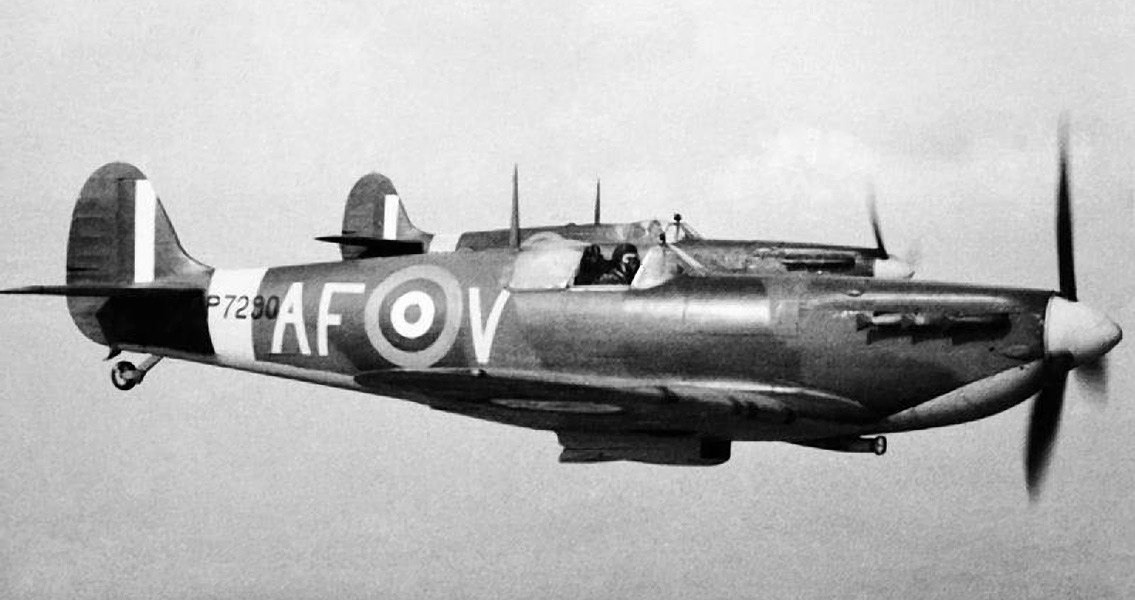<![CDATA[The excavation of a Second World War-era fighter plane that crashed in 1942 following a midair collision has begun after researchers discovered its final resting place near West-super-Mare in Somerset, England. The plane, a Mark Two Spitfire known by the name “The Black Horse” in honor of the £7,000 staff members from Lloyds Bank put forward to purchase it, originally crashed when it struck another Spitfire on July 12th, 1942. Sergeant William James Johnson, the pilot of The Black Horse, was able to bail out and parachute safely to the ground, but the plane itself buried itself in the earth and was thought lost to the ravages of time, only to have its final resting place discovered through the aid of specialized ground-penetrating detection tools. The exact site of the wreckage has been pinpointed to about 20 feet belowground, after decades of research into the Spitfire’s location. Archaeologists say that the site of The Black Horse’s crash could be one of the most well-preserved of its kind within the UK. Richard, Sergeant Johnson’s son, was on hand for the excavation ceremony alongside several other members of his family. The 61 year old from the Republic of Ireland told the BBC that he was amazed to witness the dig, made all the more poignant because Richard’s children never had an opportunity to meet their grandfather who died prior to their birth. Richard’s oldest son in particular, who shares his deceased grandfather’s given name, is nearly the same age that Sergeant Johnson would have been at the time of the aerial collision that he barely escaped from intact. According to the pilot’s logbooks, Sergeant Johnson returned to active duty the very next day, moving on to serve in various squadrons in France, Sicily, and Nigeria for the remainder of the war. The service record of the Black Horse is noteworthy for more than its final crash in 1942. The money for the Spitfire had been raised across just six days in 1940 by Lloyds staff concerned with doing their part for the war effort; the name of the plane comes from the iconic imagery of a rearing black horse that was the logo of Lloyds Bank at the time. After its construction, the Spitfire arrived at a Royal Air Force base in Scotland in March the following year, where Sergeant Johnson flew it in several sorties to protect naval convoys and even scored a kill against a German Messerschmitt over northern France during a mission escorting RAF bombers. The crash that ended the career of The Black Horse was not the only one in which the Spitfire was involved. The plane had to conduct an emergency landing after a bout of engine failure in one instance, while strong cross-winds caused yet another crash landing. Finally, a malfunction in the Spitfire’s landing gear necessitated a belly landing on another occasion. Image courtesy of Wikimedia Commons user: The Imperial War Museum ]]>
Excavation of Crashed WWII-Era Fighter Plane Begins
